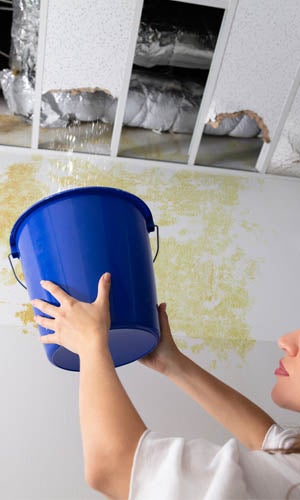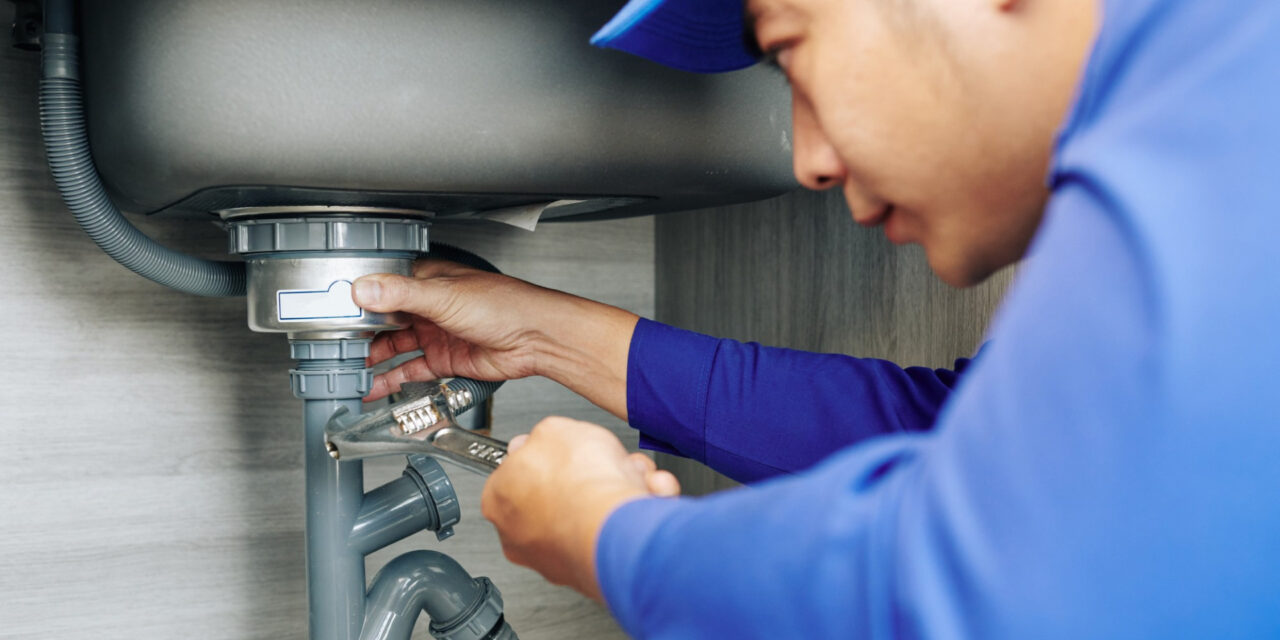The article down below involving Leaking water lines is especially insightful. Have a go and make your own personal results.

Early detection of leaking water lines can minimize a possible disaster. Aside from saving you cash, it will reduce the aggravation and irritation. The minute you discover a leak, calling your plumber for fixings is the most effective service. Some tiny water leakages might not be visible. If you can not spot it with your nude eyes, right here are some hacks that aid.
1. Analyze the Water Meter
Every residence has a water meter. Checking it is a proven way that aids you find leakages. For beginners, turn off all the water sources. Make sure no person will flush, use the tap, shower, run the cleaning device or dishwashing machine. From there, go to the meter and watch if it will transform. Given that no one is using it, there should be no movements. That shows a fast-moving leakage if it moves. Also, if you identify no changes, wait a hr or 2 and inspect back once again. This implies you may have a slow leak that can also be below ground.
2. Inspect Water Usage
Assess your water costs as well as track your water usage. As the one paying it, you ought to discover if there are any type of inconsistencies. If you spot sudden changes, despite your consumption coinciding, it suggests that you have leakages in your plumbing system. Bear in mind, your water bill must drop under the very same variety each month. An unexpected spike in your expense indicates a fast-moving leak.
On the other hand, a constant boost monthly, despite the exact same behaviors, reveals you have a slow leakage that's also slowly rising. Call a plumber to thoroughly check your building, specifically if you feel a cozy area on your flooring with piping underneath.
3. Do a Food Coloring Test
When it comes to water intake, 30% comes from commodes. If the color somehow infiltrates your dish throughout that time without flushing, there's a leak between the storage tank and bowl.
4. Asses Outside Lines
Don't neglect to inspect your outdoor water lines as well. Must water seep out of the connection, you have a loose rubber gasket. One small leak can lose heaps of water as well as increase your water costs.
5. Examine the situation and examine
Homeowners ought to make it a habit to check under the sink counters and also even inside closets for any kind of bad odor or mold development. These two warnings indicate a leakage so punctual interest is called for. Doing regular evaluations, also bi-annually, can conserve you from a significant problem.
Extra significantly, if you know your home is currently old, maintain a watchful eye on your heating systems, tubes, pipes etc. Check for stainings as well as deteriorating as many pipes and home appliances have a life expectancy. They will also normally weaken due to damage. If you believe dripping water lines in your plumbing system, don't wait on it to rise. Call a professional plumber right now so you do not wind up with an awful mess in your house.
Early discovery of leaking water lines can minimize a possible catastrophe. Some small water leaks may not be noticeable. Inspecting it is a proven means that aids you uncover leakages. One small leak can lose tons of water and increase your water costs.
If you presume dripping water lines in your plumbing system, don't wait for it to escalate.
WARNING SIGNS OF WATER LEAKAGE BEHIND THE WALL
PERSISTENT MUSTY ODORS
As water slowly drips from a leaky pipe inside the wall, flooring and sheetrock stay damp and develop an odor similar to wet cardboard. It generates a musty smell that can help you find hidden leaks.
MOLD IN UNUSUAL AREAS
Mold usually grows in wet areas like kitchens, baths and laundry rooms. If you spot the stuff on walls or baseboards in other rooms of the house, it’s a good indicator of undetected water leaks.
STAINS THAT GROW
When mold thrives around a leaky pipe, it sometimes takes hold on the inside surface of the affected wall. A growing stain on otherwise clean sheetrock is often your sign of a hidden plumbing problem.
PEELING OR BUBBLING WALLPAPER / PAINT
This clue is easy to miss in rooms that don’t get much use. When you see wallpaper separating along seams or paint bubbling or flaking off the wall, blame sheetrock that stays wet because of an undetected leak.
BUCKLED CEILINGS AND STAINED FLOORS
If ceilings or floors in bathrooms, kitchens or laundry areas develop structural problems, don’t rule out constant damp inside the walls. Wet sheetrock can affect adjacent framing, flooring and ceilings.
https://www.servicemasterbyzaba.com/blog/how-to-detect-water-leakage-in-walls/

I stumbled upon that page on Detecting hidden plumbing leaks while doing a lookup on the web. Enjoyed our piece? Please share it. Let others check it out. Thank you so much for taking the time to read it.